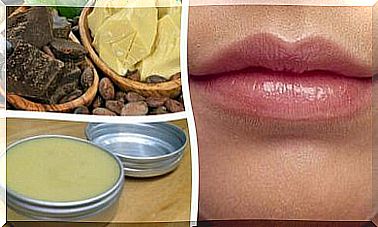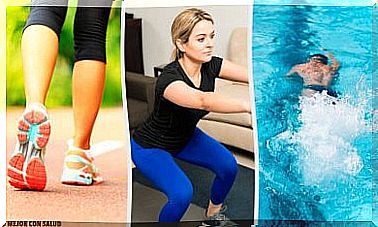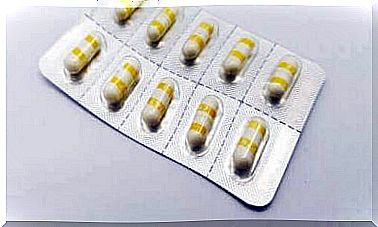Plantar Fasciitis: What Is It And What Helps Against It?
Especially people who jog, walk or run a lot can be affected by plantar fasciitis.
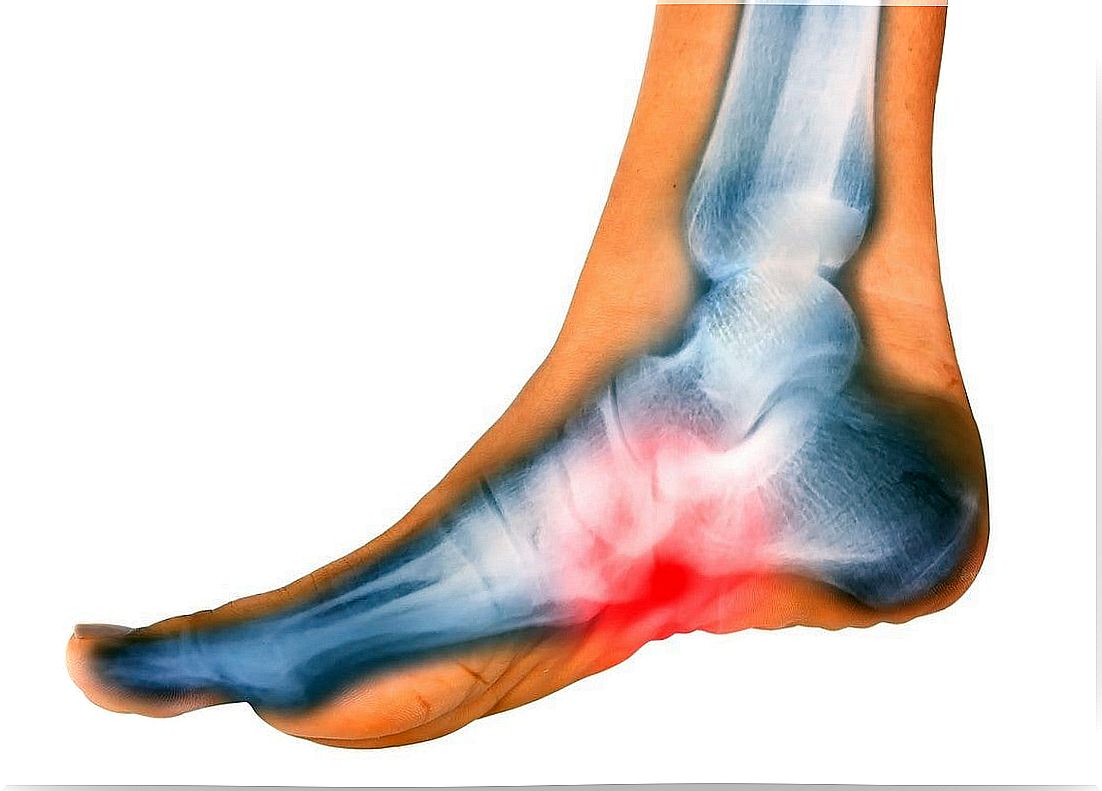
When plantar fasciitis is an inflammation of the plantar fascia. This is a tendon plate that pulls under the foot from the heel to the ball of the foot.
The plantar fascia maintains the longitudinal arch of the foot and prevents the arch of the foot from sinking and thus the development of flat feet. Here we explain to you how inflammation can occur, what you can do about it and how you can prevent such inflammation.

Causes of Plantar Fasciitis
When running, the plantar fascia cushions, supports itself when stepping and stabilizes the arch of the foot downwards. Constant irritation of the tendon plate causes it to become inflamed and plantar fasciitis develops.
Plantar fasciitis can particularly affect people who jog, walk, or run a lot.
The following factors also favor the development of such an inflammation.
Differences in leg length, unevenly developed muscles (e.g. in the knees, hips, torso), malpositions of the feet (such as flat feet or arched feet) and poorly developed foot muscles.
In people with flat feet, the plantar fascia is consistently overstretched. The constant overstretching leads to irritation and, with further stress, to inflammation of the plantar fascia, the plantar fasciitis.
Runners with high arches have similar problems: the excessively pronounced arch of the foot puts a lot of strain on the tendon plate, which is also exposed to permanent irritation when moving.
With regular, excessive stress, the tendon plate of the sole of the foot reacts with plantar fasciitis. Other causes are obesity and prolonged standing.

Symptoms
Although the tendon plate is mostly under the arch of the foot, plantar fasciitis is then noticeable as pain in the heel.
If the inflammation is not treated, a small outgrowth of bone can develop at the origin of the plantar fascia, the heel spur.
The heel spur is an outgrowth of bone that points from the heel bone in the form of a type of tooth on the underside of the foot in the direction of the toes. A distant spur is painful and protracted. Therefore, you should definitely go to the doctor and cure plantar fasciitis well!
treatment
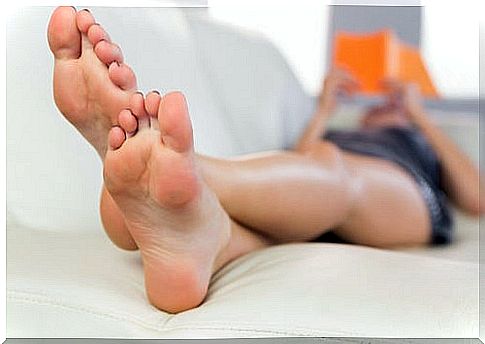
Protection
Basically, rest is called for until the healing process is complete. If the foot starts to hurt, the strain (running, standing, …) must be stopped immediately.
The doctor will then use anti-inflammatory tablets or injections to help the inflammation subside.
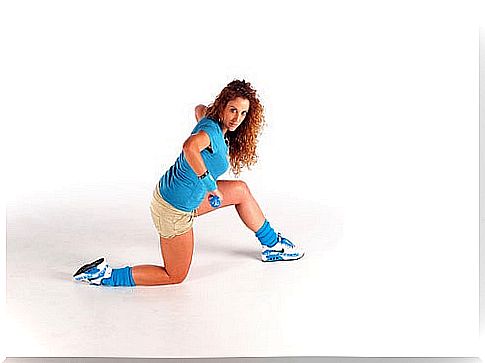
Muscle building
Support should be started with special muscle building in order to then relieve the tendon plate. Strengthening the foot muscles is always recommended .
The calf muscles should also be trained during the recovery phase. Equally important is the optimal elasticity of the calf muscles and the Achilles tendon and the lower foot muscles. These exercises can all be done at home as well.

Pineapple enzyme bromelain
Bromelain also helps. The pineapple contains the enzyme bromelain, which soothes inflammation and reduces swelling. Therefore, this active ingredient is also often recommended after dental or oral surgery interventions.
In order to absorb the necessary amount of bromelain, you have to integrate a lot of pineapple into your diet, but the active ingredient is also available in concentrated form in tablet form.

Prefer plant-based food
Animal protein and animal fats promote inflammatory processes in the body.
Therefore, in the case of plantar fasciitis (and other inflammatory joint diseases) and the pain that results from it, one should severely limit one’s consumption of animal products (meat, dairy products, etc.) or avoid them.
prevention

Lose excess weight!
Overweight people have very high levels of inflammation in their blood, as the body then perceives the excess weight as a pathological change. This then prevents or slows the healing of inflammatory joint problems.
In addition: the less weight hits the foot, the better it is for the entire tendon and muscle system. And not just on your feet! The knee joints are also happy about every kilo less.
A person who is 30kg overweight carries, figuratively speaking, a suitcase with him every step of the way, which however has to be labeled as heavy excess baggage worldwide to protect the baggage workers!
What is forbidden for baggage workers worldwide, overweight people do to themselves with every step!
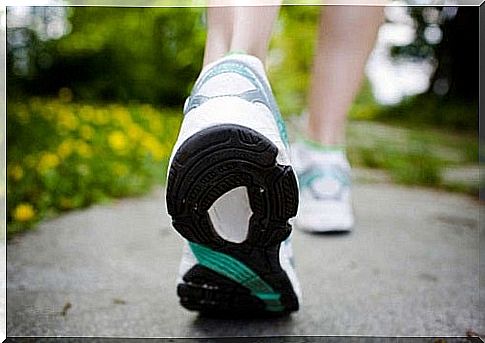
Customize training
If you do running training, you should increase your running time slowly and not make large training jumps so that your vision (and also your muscles) can get used to the load and adapt.
When running, never forget to stretch and then include strengthening exercises for the leg and foot muscles in the training.
Balance inequalities
If you have uneven legs, get a prescription for appropriate insoles to compensate for the lack of length. If your muscles are unevenly developed, for example after an injury, make sure to build them up equally on both sides through targeted training.

